The vision of "building a community with a shared future for mankind", first put forward by President Xi Jinping in 2013, has gained increasing popularity among China's partners at its doorstep and beyond.
At a once-in-five-years, high-level meeting held last week to set the tone for the country's diplomacy, China's top foreign policy makers officially named "building a community with a shared future for mankind" as the overarching goal of the nation's major-country diplomacy in the new era.
To boost awareness of this vision at home and abroad, the Central Conference on Work Relating to Foreign Affairs, held on Dec 27 and 28, systematically elaborated for the first time on its connotations by defining its top goals, guiding principle, viable paths and supporting pillars.
Xi highlighted this vision on Dec 29 when he greeted Chinese officials attending another major foreign affairs meeting — the annual work conference for envoys based overseas.
He asked them to "fly high the banner of building a community with a shared future for mankind "and break new ground for the country's diplomacy.
"As I speak to you, conflicts are still raging in some parts of the world. We Chinese are keenly aware of what peace means. We will work closely with the international community for the common good of humanity, build a community with a shared future for mankind, and make the world a better place for all," Xi said in his New Year address on Dec 31.
Wang Yiwei, a professor at the School of International Studies and director of the Institute of International Affairs at Renmin University of China, said Xi's latest speeches and the signals sent by the high-level meetings show that the vision "is a natural reflection of China's people-centered philosophy when it is approaching the rest of the global community".
This vision "defends the United Nations-centered international order and international system, it encompasses a wide range of goals set by the UN, and it transcends the narrow perspective of caring only about one country", he added.
Analysts and officials said the vision reflects the Communist Party of China's world view and perception of order and values, and it accords with the common aspiration of people in various countries.
In addition, the international recognition of the vision is ever expanding, as it has been incorporated into UN resolutions and UN Security Council resolutions.
Han Chunlin, China's ambassador to Romania, wrote in an article published last month that building a community with a shared future for mankind "is a successful practice with fruitful results" and has formed a "scientific theory system" over the course of the past 10 years.
An official statement from the Central Conference on Work Relating to Foreign Affairs explained the vision's "scientific theory system".
The vision's goal is to "build an open, inclusive, clean and beautiful world of lasting peace, universal security and shared prosperity", and the pathway for realizing it is through "promoting global governance that features extensive consultation, joint contribution and shared benefit".
Its guiding principle is "the common values of humanity", and its fundamental supporting pillar is building a new type of international relations.
The statement also said the platform for carrying out this vision is high-quality joint building of the Belt and Road, and the strategic navigation for it comes from efforts to roll out the three global initiatives proposed by Xi in recent years — the Global Development Initiative, Global Security Initiative and Global Civilization Initiative.
Chen Xiangyang, director of the Center for a Holistic Approach to National Security Studies at the China Institutes of Contemporary International Relations, said all six aspects of the vision specified at the conference — the goal, pathway, guiding principle, pillars, platform and strategic navigation — constitute a scientific architecture that supports the overarching goal of "building a community with a shared future for mankind".
"With these six aspects as a whole, the vision will usher in a bright future of peace, security, prosperity and progress for the world," he added.
Staying focused on the Belt and Road Initiative, the platform for carrying out the vision, China has signed BRI cooperative documents with more than three-fourths of countries around the world and with over 30 international organizations.
Over the past decade, commodity imports and exports between China and the countries participating in the Belt and Road have grown at an average annual rate of 8.6 percent, and the joint efforts helped lift nearly 40 million people overseas out of poverty, according to the Foreign Ministry.
Tep Ngorn, second vice-president of the Senate of Cambodia, said that promoting synergy between the BRI and Cambodia's Pentagonal Strategy "will give a boost to the building of a China-Cambodia community with a shared future with strategic significance, mutual benefits and win-win results".
"The combination of the two visions will speed up Cambodia's development of connectivity infrastructure, logistics, industries, digital technology, energy and agriculture, among other things," the Cambodian senator told Xinhua News Agency last month.
Muhammad Zamir Assadi, a Pakistani political analyst and a journalist with the Islamabad-based Country Media Group, witnessed what he called "the incredible success story" of the BRI's flagship project, the China-Pakistan Economic Corridor, and the two nations' joint efforts to build a China-Pakistan community with a shared future.
The CPEC "has brought China and Pakistan closer to each other with the physical economic bond of this mega initiative to form a community of indivisible common destiny", he said.
"Considering the Chinese and Pakistani economic systems, commercial projects related to the CPEC have been operated in a market-oriented way," he said, noting that noncommercial projects concerning people's livelihood have involved multiple participants and have been implemented through fair competition.
Benefits brought by the BRI "have transformed the socioeconomic landscape of Pakistan, and much more is yet to be generated in the next phase and decade of the CPEC", he added.











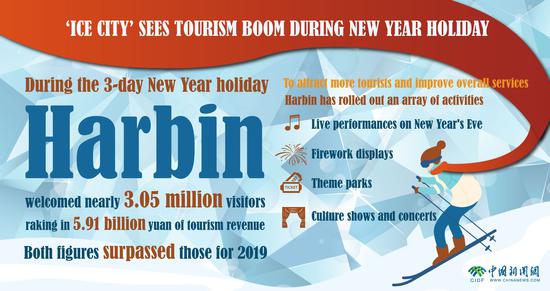


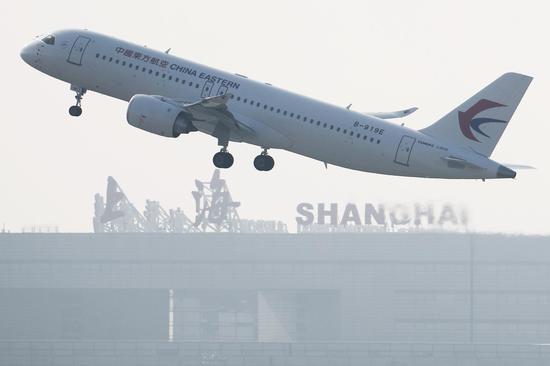




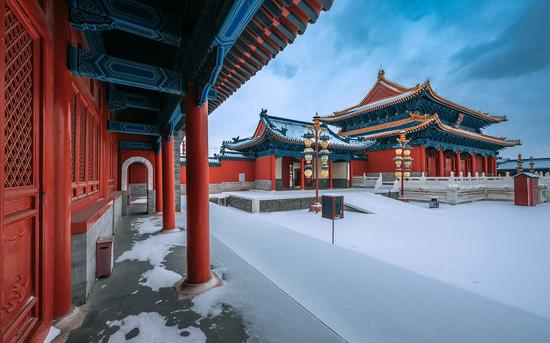



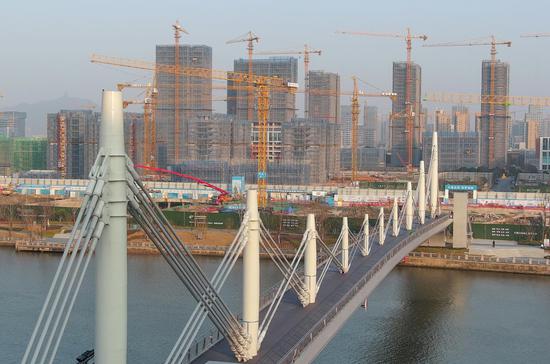



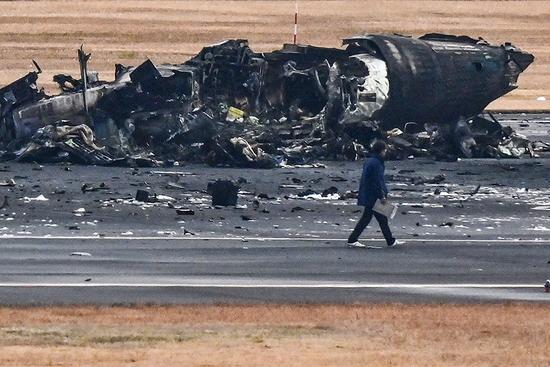

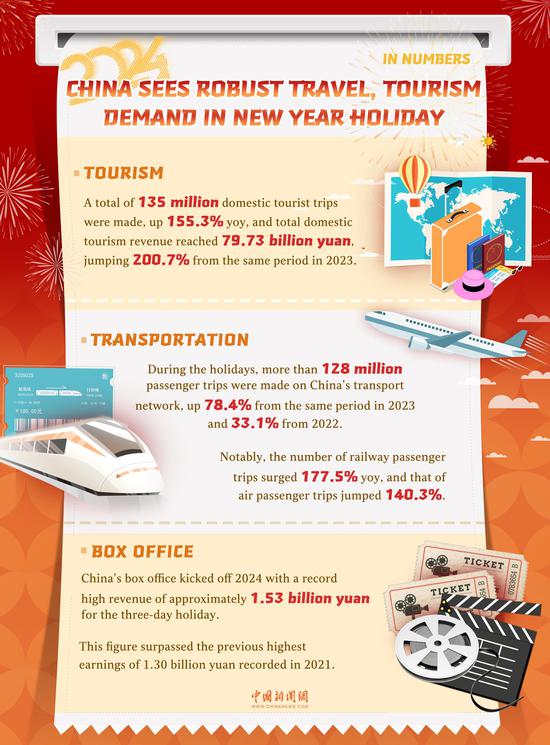
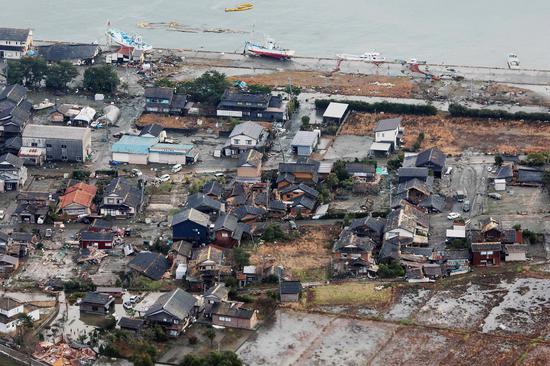
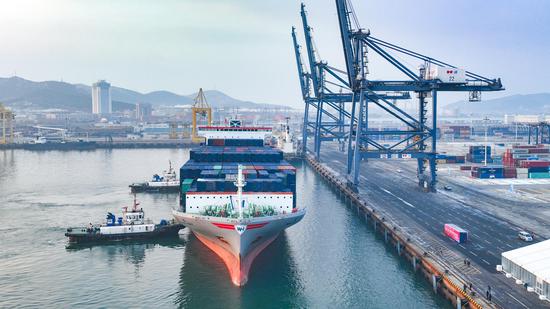
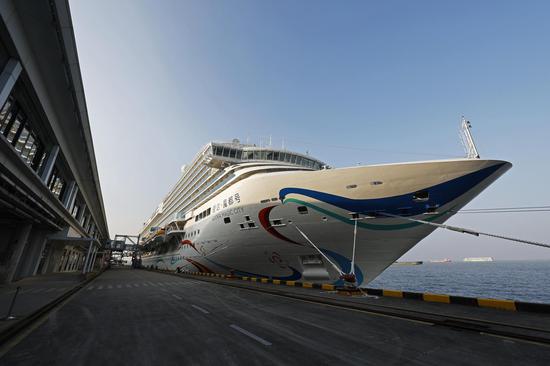
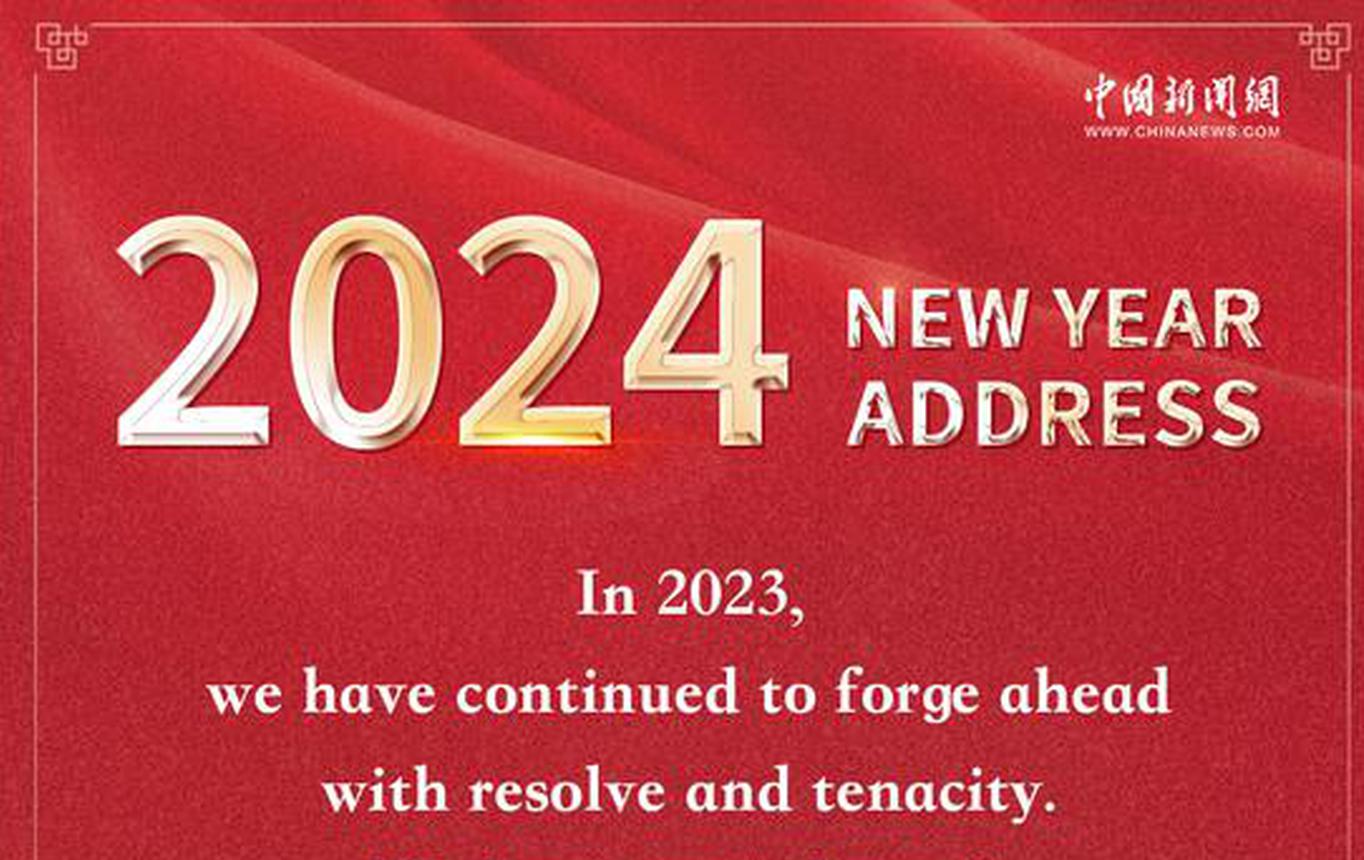


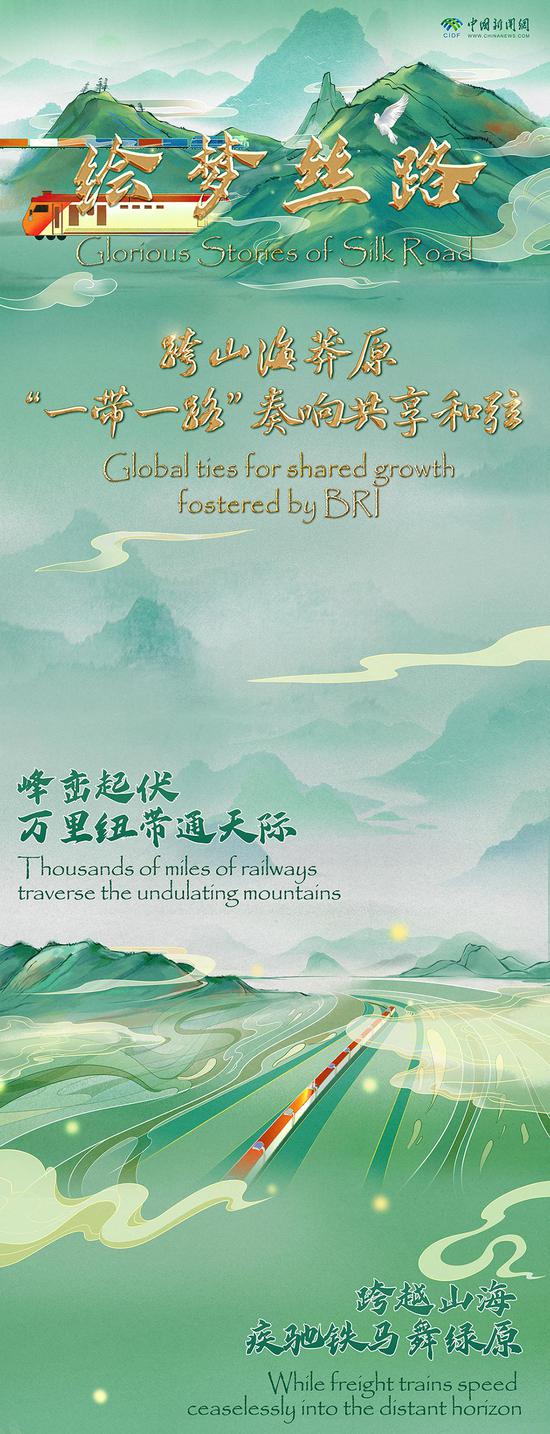


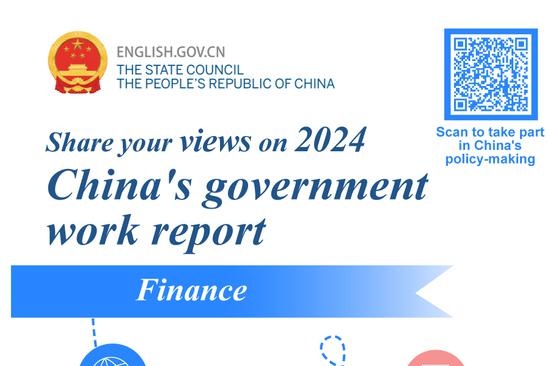
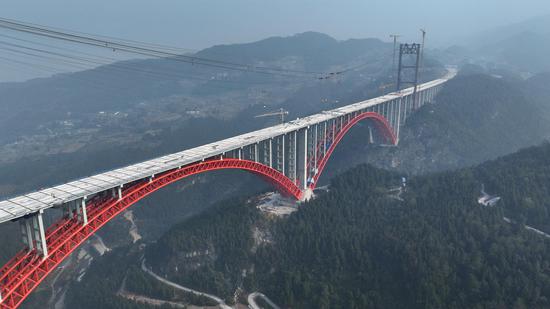
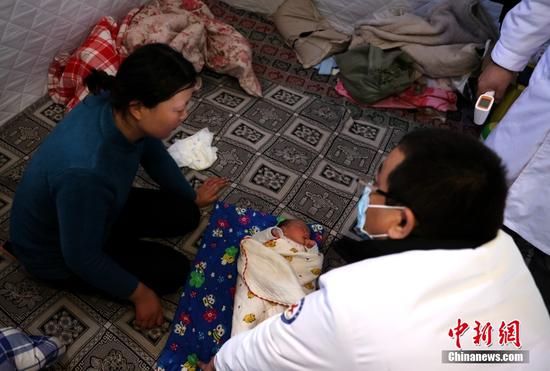
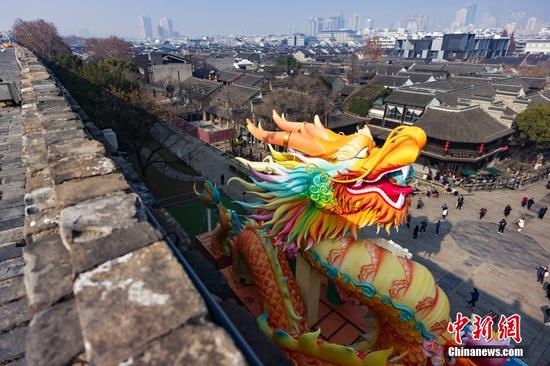
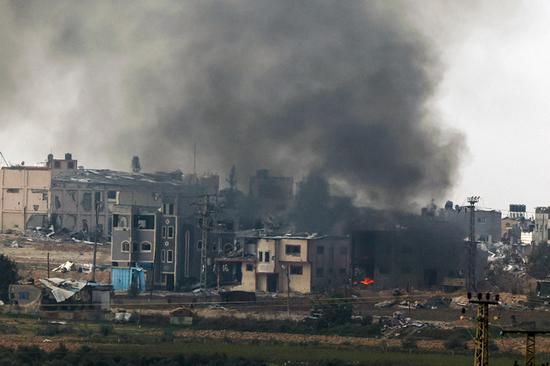
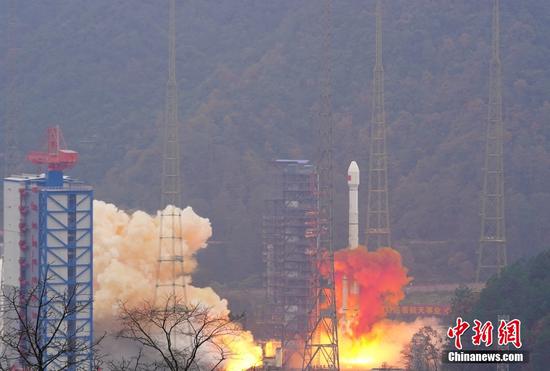



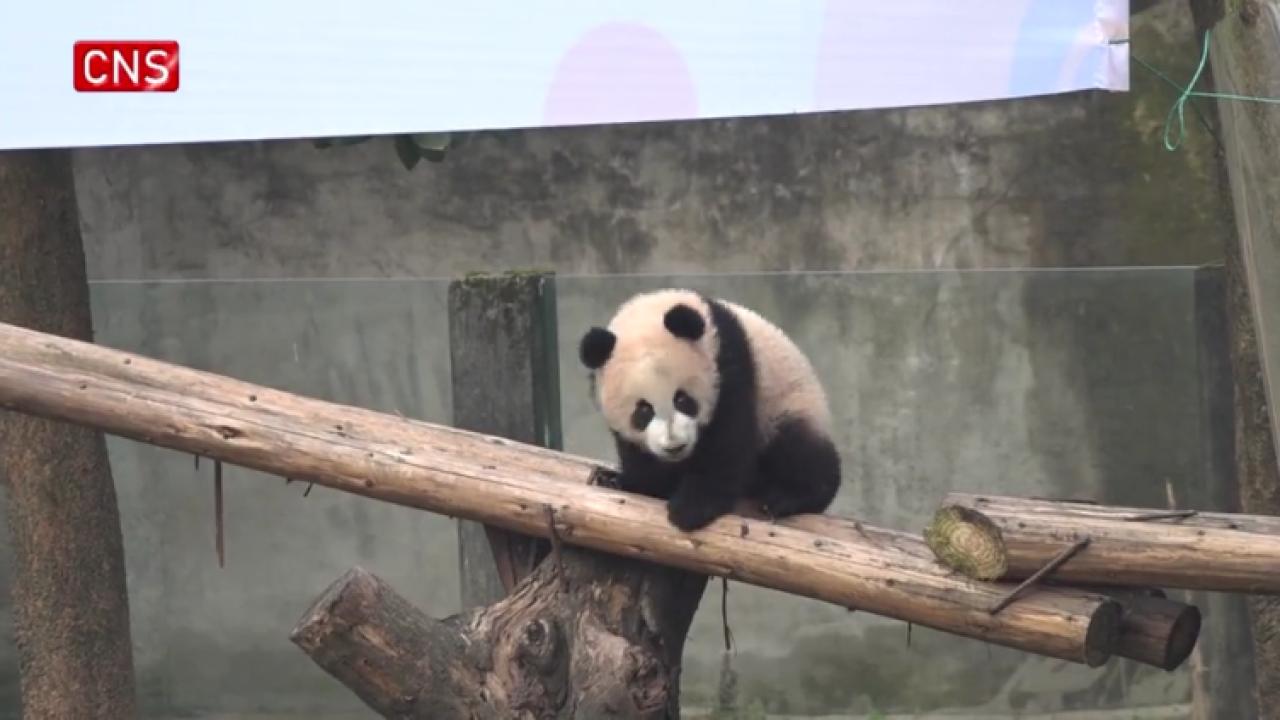

 京公网安备 11010202009201号
京公网安备 11010202009201号